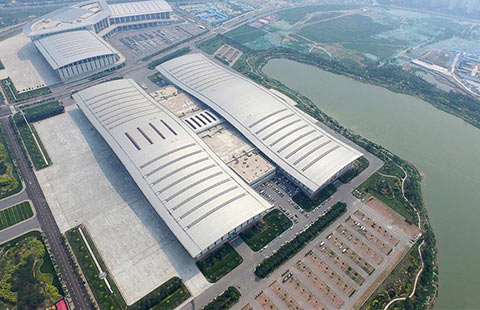It pays to know where you stand on R&D
By Bin Yang (China Daily) Updated: 2012-11-24 11:16Legal and policy changes in China have greatly changed what is at stake

Asia is seen as the engine of the global economy, and China, while continuing as a hot spot for investment in comparison with Europe and other regions, has encountered increased competition for foreign investment from its neighbors.
China's Ministry of Commerce says that in the first 10 months of this year inbound investment fell 3.45 percent compared with the corresponding period last year. Emerging economies such as India and Vietnam have improved labor-cost-effectiveness relative to China, which is proving attractive to multinational companies. Some foreign-invested enterprises in China have also encountered challenges to their profitability as the costs involved in labor, raw materials and operational all rise.
Confronted with these challenges, foreign and local companies with investments in China are seeking to adapt and adjust their commercial strategies and adopt effective measures to raise revenue and reduce tax burdens to increase profits.
Among such measures, shifting a corporate group's research and development center to China may help companies to generate increased intellectual property assets in China, and also allow multinational companies to take advantage of the Chinese government's various R&D incentives. Such incentives reflect the Chinese economy's gradual shift away from manufacturing toward innovation and the development of intellectual know-how.
In the past, due to a lack of qualified technical personnel and weak intellectual property protection, foreign-invested companies might have had doubts about setting up R&D centers in China. From a tax perspective, before the new Corporate Income Tax Law was implemented in 2008, many of the tax incentives the government granted to foreign invested companies were not related to R&D, giving the enterprises little motivation to set up R&D centers in China.
The situation is now significantly different. With more than 6 million university graduates every year, China is the biggest provider of science graduates in the world, with a pool of highly competent technical personnel available to work at companies developing improved products and processes in China.
In recent years multinational companies such as Dow Chemical, Philips, Nestle, Bosch and Shell have set up R&D centers in China. The Shanghai administration of commerce says that by July more than 300 foreign-invested R&D centers have been set up in Shanghai, with many others in economic centers such as Beijing, Guangzhou and Chengdu.
This represents progress for foreign companies with a production base in China because such R&D centers can improve operational efficiency and increase the speed at which research results are transformed into real-world applications. Moreover, these centers can better cater to the needs of local markets and improve the quality of products and services globally.
In addition, the implementation of intellectual property policies and guidance, such as the 12th Five-Year Plan (2011-15) on National Intellectual Property Development and the 12th Five-year Plan on Patents, have increased the confidence of foreign-invested companies conducting R&D in China.
The current reform of the tax system is another key factor that encourages multinational companies to improve products and processes, enhance productivity and set up R&D centers in China. Though the 2008 Corporate Income Tax Law eliminated tax incentives previously available to foreign-invested companies, the Chinese government has maintained its fiscal support for R&D.
- Chinese markets hold up well
- Brexit hits firms with heavy exposure to UK
- UK result adds to fragility of growth
- Big expectations for Davos Forum
- Midea to acquire 80% stake in Italy's Clivet
- Lenovo to fund HK start-ups
- China has $5.6 trillion productivity opportunity by 2030: McKinsey
- Russian petrochemical firm hails cooperation with China


















